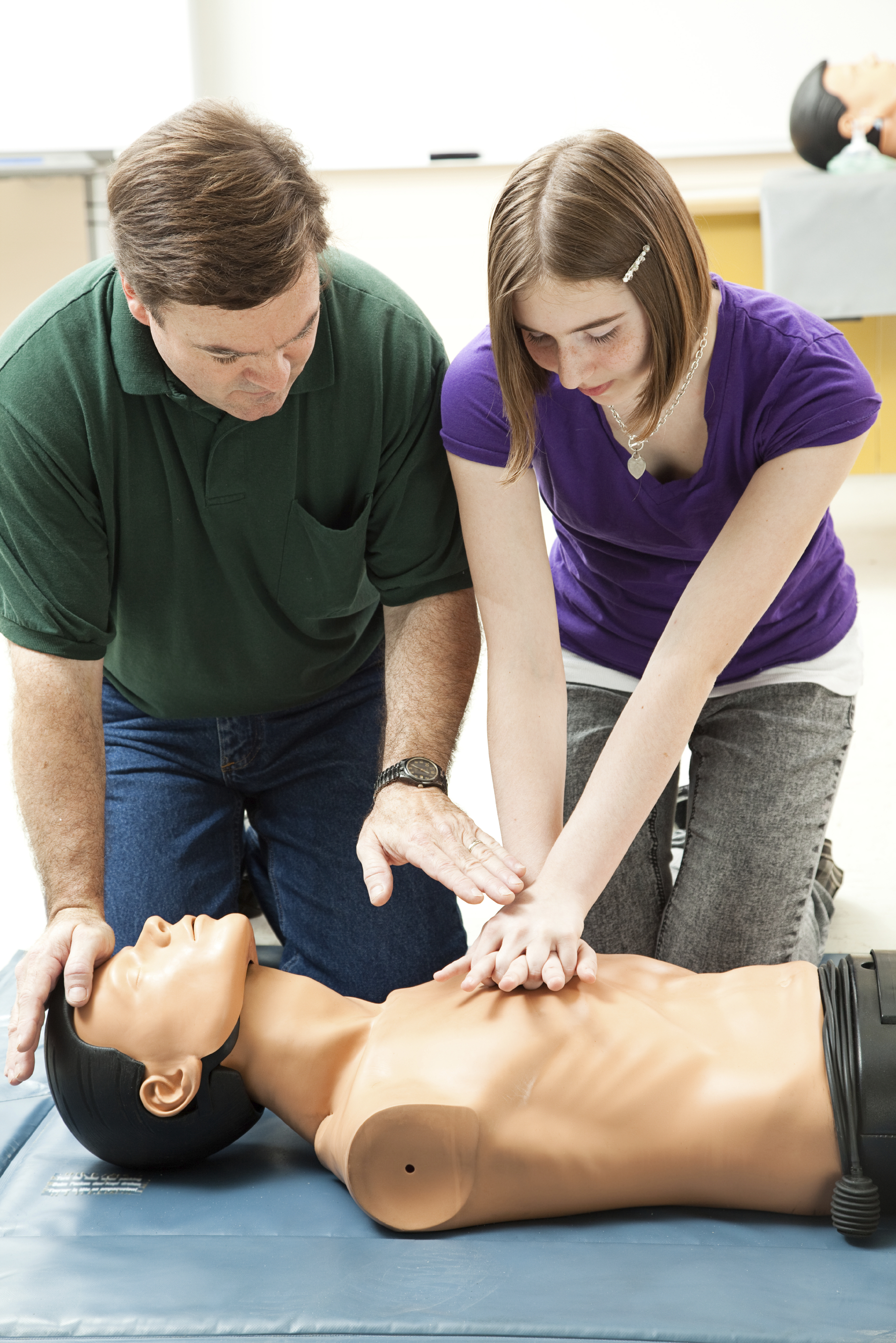Common injuries – a lack of knowledge?
Throughout the UK, it is estimated that over 150,000 lives could be saved. There is a lot of people out there who have no experience of any sort of Basic First Aid Training.
Each year:
•900 people die from choking.
•2,500 die from asphyxiation due to a blocked airway and
•Nearly 29,000 die from heart attacks.
All this suggests that a short time learning First Aid could be very worthwhile. If you find yourself in a situation when someone stops breathing, do you know what to do? The body will hold approximately 4 minutes of oxygenated blood. So, you need to act fast!

Here is what you can do if this happens:
If breathing is absent and you have received help from a bystander send them for an ambulance. They could also collect an AED if there is one available. If you are on your own then go and get help immediately. Before doing so, place the casualty in the recovery position. On your return start Cardiopulmonary Resuscitation (CPR) 30 compressions and 2 inflations.
The act of compressions is designed to push oxygenated blood around the body as this has to be the priority.
This is how you carry out CPR on a non-breathing casualty:
Step 1: kneel next to the casualty and place the heel of your hand on the centre of their chest.
Step 2: place your other hand on top of your first hand, interlock the fingers so that you can apply pressure on the centre of the chest.
Step 3: position yourself vertically over the casualty and with arms straight, press down on the chest 5 -6 cm.
Step 4: apply pressure and release the compression before applying the next one. Repeat this compression 30 times at a rate of 100 – 120 times per minute.
Step 5: pinch the casualty’s nose and gently tilt their head. Place your mouth over the casualty’s mouth, ensuring you have a tight seal. Blow into the casualty’s mouth. Observe the rise and fall of the casualties chest.
Step 6: repeat the process within 5 seconds, your aim is to carry out two breaths within 5 seconds.
Step 7: repeat 30 compressions and 2 inflations (rescue breaths) until any of the following occur:
•Emergency services or another first aider takes over from you
•The casualty show signs of recovery.
•You are exhausted.
ETD’s online basic first training is not an alternative for formal practical training. Instead, the course acts as a guide to refresh your knowledge and skills as a First Aider. It is not suitable to re-qualify you or initially qualify you in First Aid. The Health and Safety Executive recognises that there is no substitute to face to face training. A First Aider should initially be trained in Face to face environments with a competent training company.







